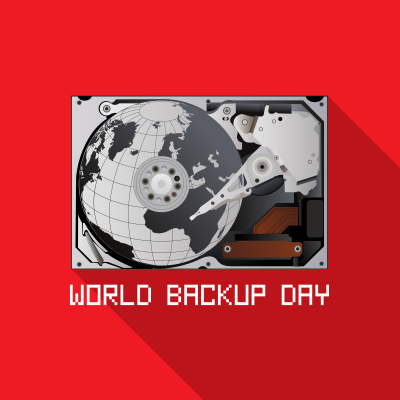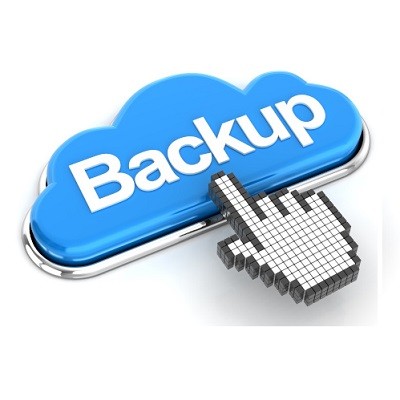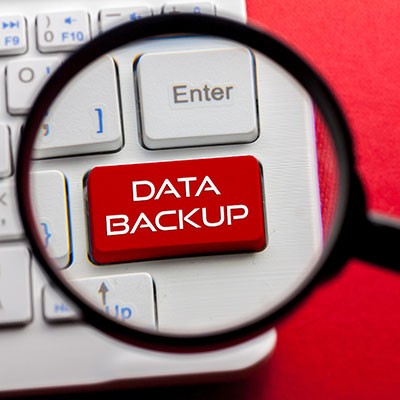Your business runs on data. You keep customer information, invoices, project files, inventory and much more. If you were to lose it, you face a myriad of problems from hits to your reputation to major downtime. Today is World Backup Day, so we thought it would be good to highlight just how important having a feature-rich and reliable backup strategy is.
USA Computer Services Blog
Business is all about disaster mitigation and damage control. You never know exactly when something bad is going to happen, but you have to be ready for it when it does. Today, we want to discuss a couple ways that smart technology can help you in specific situations where your business might otherwise falter.
Security is one of the more worrisome parts of running a business, and it doesn’t matter what size your organization is either. Whether you’re a small startup or a large enterprise, security is still going to be paramount. But it doesn’t have to be confusing; in fact, we have three simple strategies you can start implementing today to help you move your security infrastructure in the right direction.
Tape backup used to be the go-to backup solution for businesses, but it’s since lost its luster in favor of digital backup solutions. You might still find some uses for it, if you find a good enough excuse. Today, we want to examine why you might still use tape backup, even though a Backup and Disaster Recovery (BDR) solution far outshines it.
Technology has empowered us to achieve more than ever, but with that progress comes increased expectations for everyone. This means greater productivity, and the pressure to perform can be relentless at times, making it crucial to find efficient ways to manage our tasks. Unfortunately, there is a natural limit to how much we can accomplish, and certain challenges can push us to that limit faster. Today, we want to explore two of the most common productivity pitfalls.
We cover data backup and disaster recovery quite a bit, and you might be familiar with some of the terms and strategies we discuss. Today, we’re taking a deeper dive into the 3-2-1 rule and its crucial role in your business’ disaster recovery plan. Let's explore how the 3-2-1 rule can strengthen or weaken your data infrastructure.
There is an almost comical laundry list of problems that all businesses should be prepared for, but what’s not funny whatsoever is what happens when you fail to do so. The term “BDR” is often used as an umbrella term to describe what kind of preparation your organization needs, and today, we want to dive into some of the details that you should know.
Digital storage is one part of computing that has seen astronomical growth over the past several decades, and with the solid state drive (SSD) more affordable than ever, you have to wonder how well your old hard disk drive (HDD) is holding up. Despite the cost difference between the two, the HDD is a viable option, albeit a mechanical one that is prone to breakdown over time.
We focus pretty heavily on data backup as an important solution that all businesses should use, and for good reason. It can be all the difference between losing your business’ future or preserving it. We know you don’t like to hear it, but investing in a proper data backup solution is well worth the cost, even if you never have to use it.
Data backup is something that all businesses need in some capacity. The reasoning for this is simple: you can never predict the future, so your business’ life is never guaranteed… unless, of course, you plan for the worst. Today we want to share with you some best practices as they relate to data backup and disaster recovery, practices which we hope will give you the confidence that you can recover from even the worst-case scenarios.
World Backup Day is March 31st, each and every year. However, while there is value to having a dedicated holiday to raise awareness of the need for backup, it should not be the only time it is considered. Let’s go over the importance of proper backup practices, just in time for the holiday, so that you can establish the backup that your business needs if it's not already in place.
Individuals are increasingly understanding the value of their data, and that is a good thing. Unfortunately, a lot of small and medium-sized businesses are operating today without any type of data backup protecting their business’ data, and that, of course, is bad. It is important that if you don’t have a dedicated data backup and recovery strategy in place, that you work to fix that immediately. Today we’ll tell you why.
While nobody wants their company to suffer a data breach, the nature of today’s workplace makes these occurrences harder and harder to avoid. In fact, chances are that you’ll eventually encounter one, which makes it important to prepare to deal with it when it comes about.
Here, we’ve outlined a few steps to help your business weather the storm:
Your business’ data is extremely important to the livelihood of your business and as a result, you need to have plans in place to protect it. Sure, you can invest in all the top notch cybersecurity tools and services, and they may keep you from getting your data stolen or corrupted, but what happens if something terrible happens to the servers that it is stored on? No level of threat detection is going to save a server if it is charred, under water, or its components are completely fried.
Imagine for a minute that you work in a small factory or machine shop. Some wind comes through and drops a 200-year-old maple tree through the roof onto the machines that you use to create your product. The devastation is total. If you have a second factory built to scale from the first, you could just ship your workers over to that one and keep productivity high. Chances are, however, there is no second factory. Your business is done until you can get the situation fixed. It could take days, weeks, or even months to get your business back on track; and if the stats are any indication, it probably won’t.
In order to function properly, the modern business needs data. With the predictions of serious cyberattacks, like ransomware, that have been made for the coming year there is no business that can neglect its data protections. Here, we’ll discuss what these predictions are, and what you need to do to prepare.
It’s true that managed IT service do a lot to make technology accessible to small and medium-sized organizations that wouldn’t typically look immediately to technology to fix parts of their business. One of the innovations that modern business has made is that they prioritize a smarter approach. Apart from data storage and database management, modern businesses are using the data their marketing, sales, fulfillment/distribution, and support departments take in to see exactly how their business is actually functioning and make sound business decisions as a result. Today, we’ll take a look at how the managed IT service provider can help a business with its data management.




















